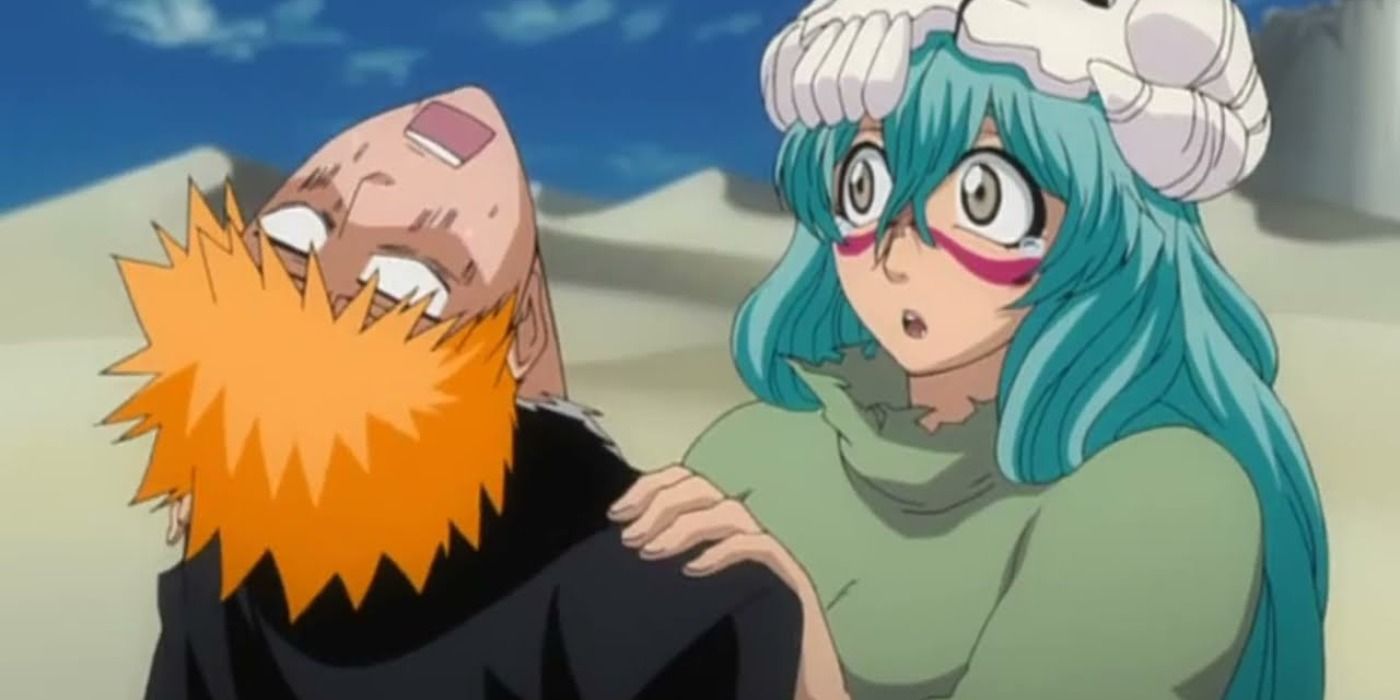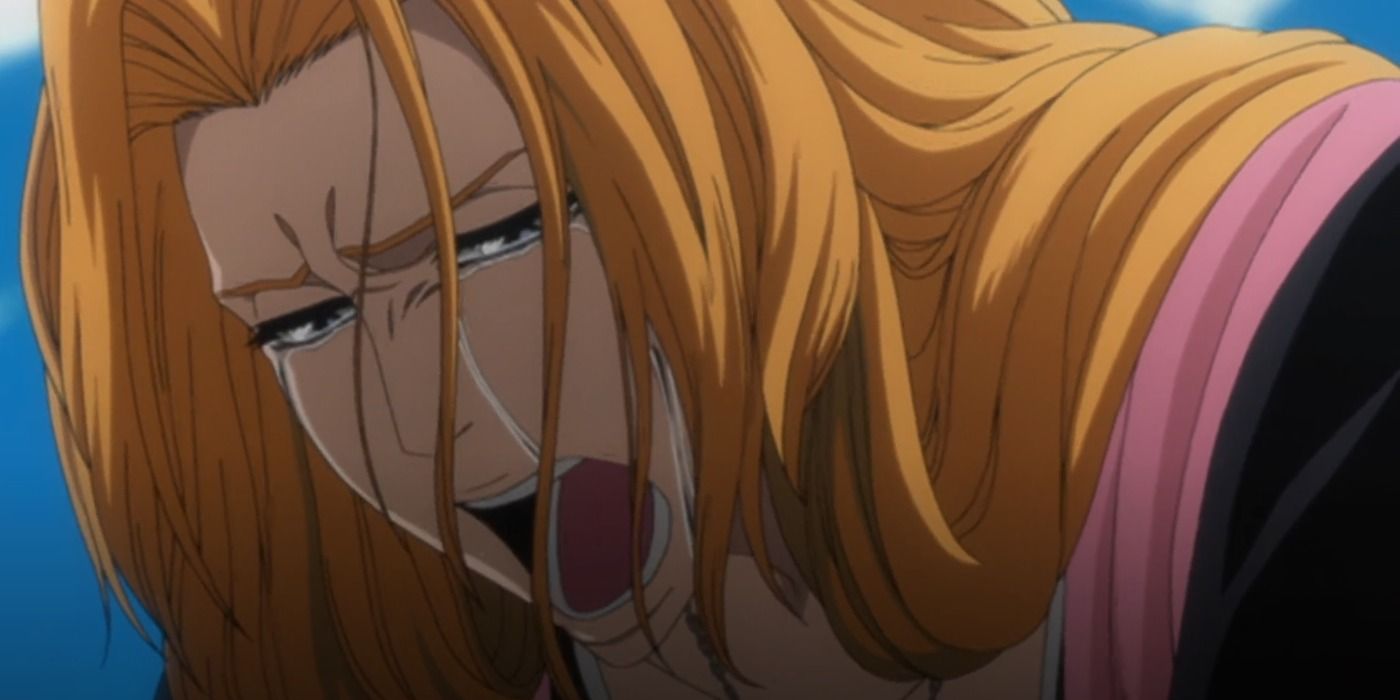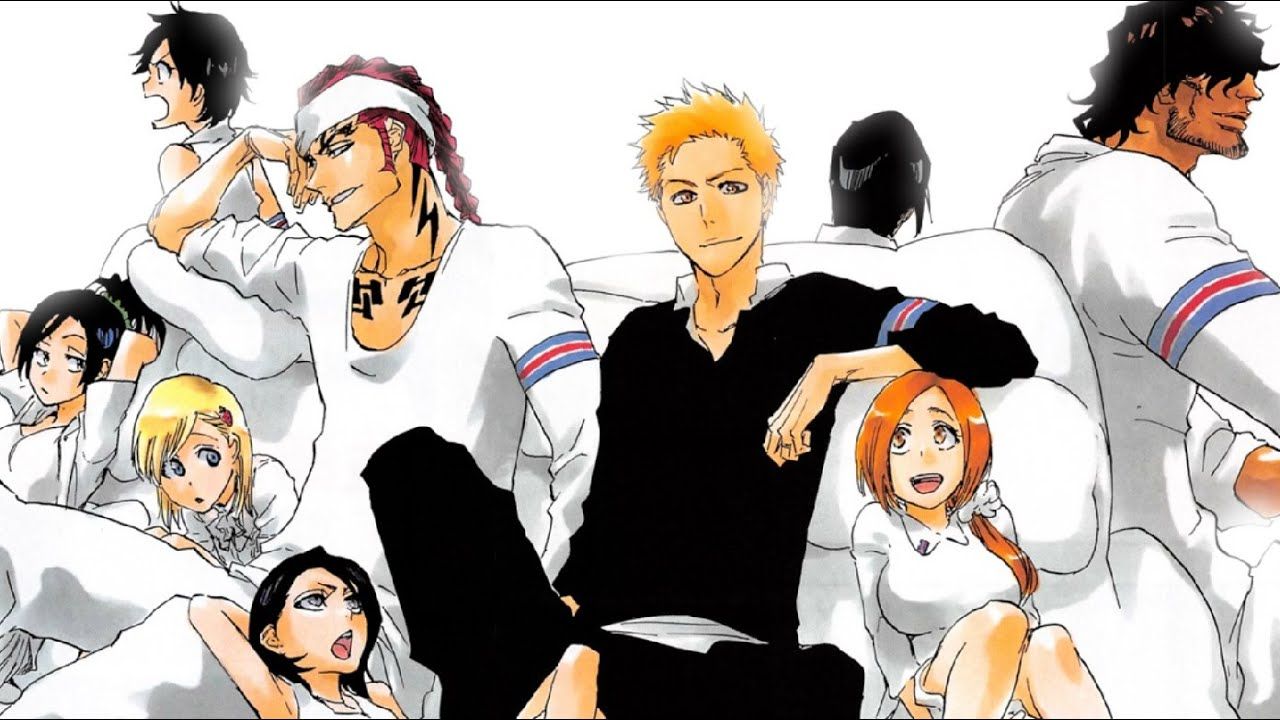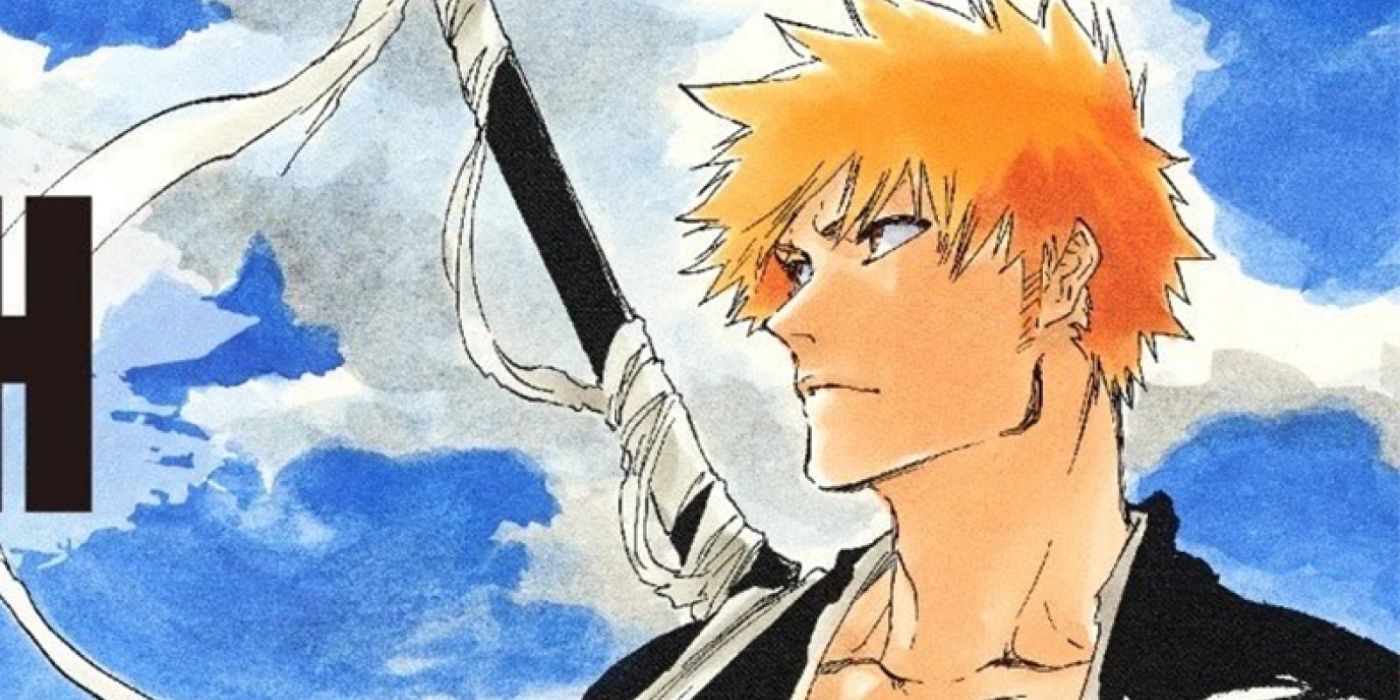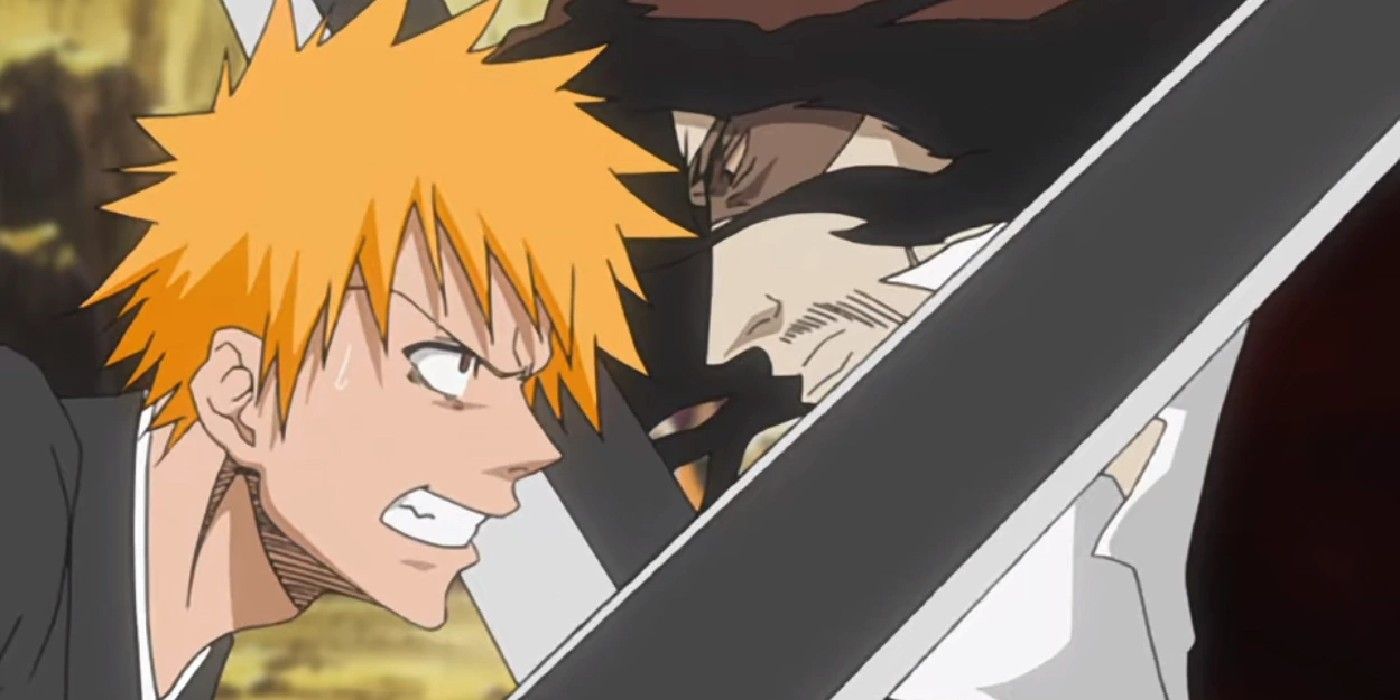As one of the "Big Three" shonen anime, Bleach is remembered as and considered one of the greatest anime/manga of all time. With cool characters, a distinct visual style, amazing powers and an engaging story, it's no wonder it became as big as it was. Bleach simply oozed style in the best possible way.
Unfortunately, like any other franchise, Bleach wasn't always perfect. When the series first started, there was little to nothing wrong with it. The worst that could be said was that it was another shonen series, but in no way was that a bad thing. As the series began to pick up the pace and get into the meat of the plot, things got even better as the series truly began to separate itself from its peers and continued to do so for its entire run. However, while Bleach was able to maintain its uniqueness, multiple problems arose throughout the story that were sadly never really fixed and continued to get worse.
The Pacing Problem
Starting off with probably the most notable and well-known issue of the series, Bleach had a huge problem when it came to the story's pacing. In the beginning arcs of the series, the story was presented at a well-thought-out pace. The story moved beat to beat efficiently without ever feeling rushed, which helped make the story as engaging as possible. Sadly, this didn't remain the norm.
After the "Soul Society" arcs, the series began to experience a drag. The "Arrancar" arc lasted 235 chapters in the manga, meaning it went on for over four years -- an incredibly long time for any single arc to last. While it should be mentioned that this arc had multiple parts/acts, the "Arrancar" arc had way more than the two as the "Soul Society" arc did. This meant that while a lot of things might have been happening, the story itself was barely moving forward.
Like many long-running manga/anime events, these massive arcs created a lot of fatigue with fans. As much as they wanted to see Ichigo finally fight Aizen in a decisive battle, after four years of waiting, it was a little hard to be as excited and invested as fans were right after the "Soul Society" arc ended. It's not that no one cared as much as it was that to some degree, people were a little over most of the original hype.
This problem continued all the way into Bleach's final arc, which arguably needed even more time to fully realize all the things it was trying to do and introduce. While it started out like it was fairly long, the pacing problem essentially inverted itself; instead of dragging out the end, the series suddenly felt rather rushed. The final fight between Ywhach and Ichigo seemed like it was over almost as soon as it began, with the former's defeat being a tad unexplained and unclear. After spending so much time finding out Ichigo's origins and getting a brand new Zanpakuto and Bankai, fans felt like they barely got to see any of it -- and they were completely right.
Somehow, the pacing was even worse in the anime adaptation of the series. One of the benefits of having an anime adaptation is that in normal circumstances, each episode is able to contain multiple manga chapters worth of content. This creates a nice pace that tends to flow easily, as the amount of content released each week per episode would be greater than that of a weekly manga. Unfortunately, because of this, the anime frequently caught up to the manga.
Rather than let the anime take a break so that the manga could progress more, the anime opted to create full seasons of nothing but filler arcs in the middle of the "Arrancar" arc. This played a huge role in the anime's cancellation as well as the fatigue caused by the pace of the story itself. It was bad enough that manga readers needed to wait four years for the arc to end, while anime watchers couldn't even get through the arc without multiple filler arcs that could last longer than 30 episodes. These multiple interruptions exacerbated the overall pacing issue too much for fans to be able to ignore.
The Side-Character Problem
Bleach, like most long-running anime, had a pretty sizable cast of characters by the end of its story, ranging from supporting characters and rivals to potential love interests and villains. In a lot of ways, most of these characters were able to maintain some degree of relevancy throughout the series' long run, but others were practically forgotten.
The Shiba clan in the Soul Society is a perfect example of this. While unknown to readers/viewers at the time, they are actually his relatives, with his father being one of them and even Rukia's mentor. In this sense, it becomes hard to accept how small their role became after the "Soul Society" arc even after Ichigo learned about his origins.
Another issue that arose from the side characters was their overall development. Ichigo is the protagonist, plain and simple, so it was obvious that he would always be the strongest character. However, his friends and team he fought with would routinely be left behind in that department. For that reason, it became frequent for Ichigo's supporting cast to develop offscreen, leaving fans with the sense that they weren't fleshed out enough. Uryu in particular deserved far more on-screen development -- especially considering that the final arc was all about Quincies as well as his origins being somewhat tied to Ichigo's -- yet he rarely ever got such treatment.
While an incredible protagonist that's easily one of the best ever crafted in manga/anime, Ichigo became something of a problem in his own series for a couple of different reasons. As the protagonist, it was clear that he was always going to get the most screen time and have the best feats, but Bleach took this trope to an insane level.
As silly as it might seem, Ichigo was just far too strong compared to everyone else in the series. Since the beginning of the story, even before attaining any powers, Ichigo was portrayed as much stronger than everyone else aside from perhaps Chad. However, by the end of the "Soul Society" arc, Ichigo had far surpassed everyone on his team and even most Soul Reaper Captains.
In some ways, this was something that had to happen due to where the story was ultimately trying to go, but at the same time, it hurt the series a lot. In the beginning, fans would be on the edge of their seats trying to figure out how Ichigo and his friends would beat their foes, but this changed at some point.
The villains would increasingly get stronger as the series continued, usually adjusting to Ichigo's growing strength. Fans would wonder how Ichigo would beat these enemies, but when it came to how his supporting cast would do against these new foes, fans would normally think it would be impossible for them to win at all. When they ultimately still won, it would therefore come across as cheap plot armor, or else characters would have to obtain victory with a partner. While the latter wasn't too bad, as it introduced interesting dynamics such as that between Renji and Uryu, it also highlighted just how much stronger Ichigo was compared to his friends.
This might make Ichigo look all that much stronger and cooler, but it made his supporting cast look weak and unengaging by comparison. It became harder and harder for fans to see even Ichigo's rivals as anything more than mere window dressing, as they knew that none of them could ever beat Ichigo.
As can be seen, Bleach definitely had its share of problems, but it stands as a testament to how great the series was that despite them, the series still became the mega-hit that it was and still is. For everything Bleach did wrong, it did many other things so right that fans wouldn't care about the hiccups along the way. With a new season coming out in the fall and a potential continuation of the manga as well as its spinoff, there's hope that many of these wrongs will be righted.


